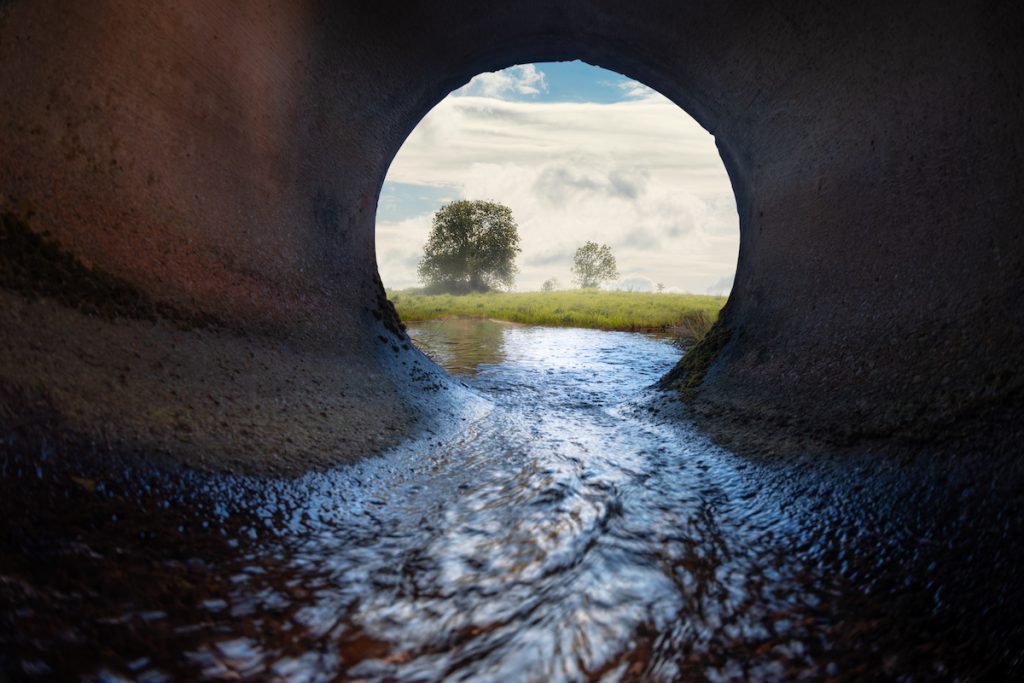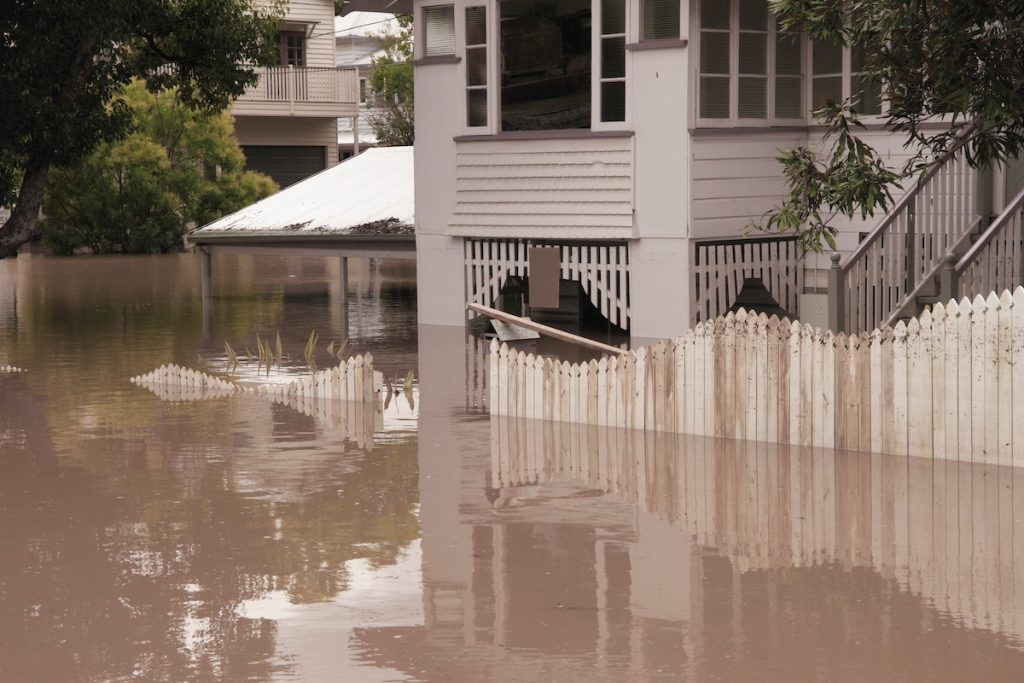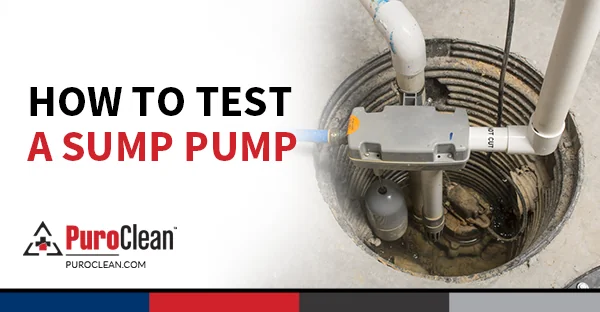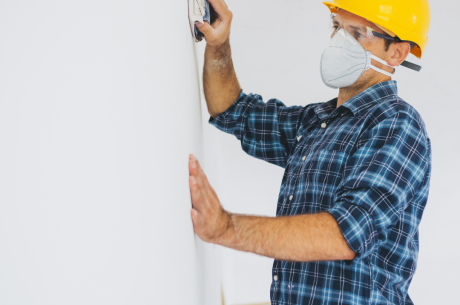Every day, roughly 14,000 people are affected at either their homes or workplaces by water damage emergencies. Water damage is a very common issue in Northeast Ohio and most homeowners in the Cleveland area will experience it at some point in their lifetime. There are three categories: clear or clean water damage, gray water damage, and black water damage. Each is unique, so it’s important to understand what makes them different and how to handle each type of water emergency. Understanding black water is critical because it presents additional hazards and difficulties.
What is black water? Black water refers to highly contaminated water containing sewage waste, fecal matter, grease runoff, etc. Laundry water, for example, may be considered black water if it contains bacteria and pathogens. It’s important to note that the contamination doesn’t need to be visible to create this kind of water.
Black water can be difficult to recognize. It can appear clean but it may actually contain harmful bacteria and contaminants that can continue to grow if not properly treated. Black water can also be associated with mold growth which would make it even more dangerous. The best way to avoid black water damage is to get familiar with it to ensure you can catch any potential issues before they turn into major problems.

The Dangers of Black Water
Black water is contaminated water filled with microbes, including viruses that can cause illness. Not only is it contaminated with germs, but black water also can contain harmful gases, such as methane and hydrogen sulfide. These gases can present a serious danger to human health if exposed too long or in large quantities. Methane gas poisoning can cause dizziness, nausea, vomiting, headaches, or loss of consciousness. Hydrogen sulfide gas poisoning can lead to drowsiness/loss of consciousness, respiratory system damage, and even death.
Unknown pharmaceuticals and toxic algae can also be found in black water. Medicines may get combined in the tap water, leaving you vulnerable to dangerous substances. Toxic algae formation can lead to vomiting, diarrhea, and other health issues.
The difference between grey water and black water is that grey water has some contamination, but not enough to cause illness. Black water contains enough harmful contaminants to cause serious health problems.
Contaminated Water: Common Causes of Black Water
Black water is a result of the contamination of clean water. There are two main causes:
- Natural disasters: Flooding, hurricanes, and tsunamis often carry a large amount of debris that ends up in the watershed or on dry land. This can lead to black water from sewage systems backing up into homes. Floodwater can contain bacteria that can cause diseases and other issues.
- Human error: Sewage system backups are often caused by human error, such as tree root intrusion or improper installation/maintenance. In homes with improperly installed sump pumps, for example, this can cause black water from foundation drains to go into your home instead of going away from it. Defective kitchen sinks blocked with food chunks can also be a common source.
While both of these issues may appear somewhat obvious, they’re not always easy to identify before they become major problems. Once you identify that your home is experiencing black water damage, it’s important to take action quickly. Here are a few things you should do.

The Process for Cleaning Black Water-Contaminated Surfaces
Black water can contain dangerous bacteria and/or human waste. For this reason, we recommend reaching out to the experts at your Avon Lake PuroClean serving Northeast Ohio for dealing with black water damage mitigation and restoration. We have specialized equipment, training, and knowledge to handle the situation safely and effectively. We do not recommend attempting to remove the black water yourself.
Remediating black water contamination in a building requires careful planning and utilization of specialized equipment. A licensed contractor will know how to assess the damages, sanitize, and thoroughly dry the affected areas.
Here are some steps to follow in the event of black water damage:
- Keep all people and pets away from the affected area until clean-up is complete. If you do go near the black water damage, wear gloves at all times – even when touching towels or other items that will be laundered later on. The germs on your hands can contaminate other surfaces. Also, be aware of any cuts or abrasions on your skin – germs can penetrate wounds and cause serious wound infections. If you do come into direct contact with black water, wash your skin immediately with soap and warm water.
- Close all doors between the contaminated area and the rest of the house, so outside air doesn’t re-contaminate the area being cleaned. Shut off air vents leading into the room if possible.
- A hired contractor can conduct a thorough inspection of the affected areas to determine the severity of the damage. The restoration process depends on this assessment.
- Excess water should be rapidly removed to prevent further damage. Contaminated porous items, sewage, and other waste should also be removed. Special tools such as air scrubbers or negative air machines may be used to prevent contamination in unaffected areas. Affected surfaces are cleaned and sanitized with EPA-approved disinfectants.
- When sanitization is complete, the contractor establishes a balanced drying system to restore the damaged areas to their pre-loss condition. This final step involves the usage of specialized procedures, products, and equipment, such as professional dehumidifiers and high-capacity air movers.
Foam cushions or mattresses should be discarded if they have been in contact with sewage or bodily fluids. Wood surfaces such as cabinets, drawers, and molding are generally restored by refinishing to restore their appearance.
Call PuroClean 24/7 for Your Water Damage Needs!
At PuroClean Emergency Restoration, our professional technicians are trained to handle all three categories of water damage. We understand that these emergencies can happen at any time. You can reach us 24/7 for water damage restoration services at (440)653-8222. Visit our website or call us at (440)653-8222 to get connected with your local PuroClean office.





 PuroClean Emergency Restoration
PuroClean Emergency Restoration